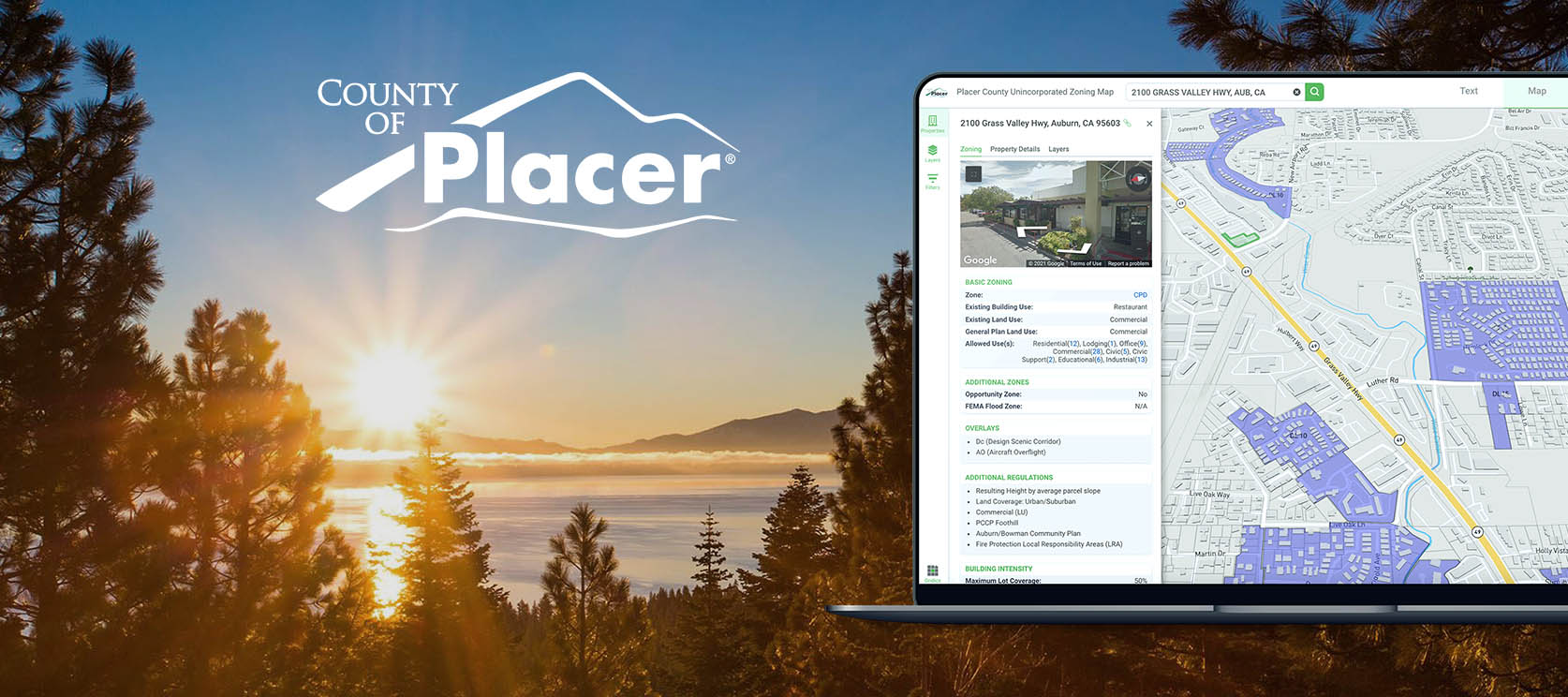By Janelle Jessen | Arkansas Democrat-Gazette | September 30, 2021 at 7:17am ET
Rogers, AR — The city is adopting new technology officials say will make it easier for residents to obtain zoning information about properties and increase efficiency in the Planning Division.
Rogers will be the first city in Arkansas to implement Gridics, a new technology that allows property owners, developers, elected officials and other stakeholders to look up zoning information and regulations online by address, according to Jason Doyle, president and CEO of the Florida-based company. They won’t have to travel to city hall to get such information.
Gridics will organize documents, plans and policies into a single digital platform, according to Ethan Hunter, city planner for Rogers. The self-service property information hub will allow people to understand the rules and regulations that might apply to their property or a development down the street, he said.
The technology will cost about $30,000 a year, and the city hopes to roll it out by the end of December, he said.
Historically, if community members wanted to know the zoning regulations associated with a property or what could be developed on the land, they had to look the property up on a zoning map, then read the lengthy zoning ordinance that describes what can be developed in a certain mapped zone, Doyle said.
Gridics allows people to enter an address into a search engine that provides 30 to 40 data points about a single property along with a 3D map and visualization tool that shows stakeholders current conditions as well as what could be developed on the property, Doyle said.
It can help people answer questions such as whether they may build a daycare on their property or how far their setbacks are, he said.
“Zoning is inherently confusing, and we’re trying to make it less confusing,” Doyle said.
The platform’s 3D maps help elected officials visualize how proposed zoning changes will impact how the city looks, Doyle said.
Gridics will also impact the six members of the city’s planning staff because each information request takes about 30 minutes to an hour to research, Hunter said. Whether community members call or visit the city office or use the new technology themselves, Gridics will streamline the research process to about five minutes, he said.
Cities that have already implemented Gridics report the technology has reduced calls and visits to city staff by about 60%, Doyle said. There has been an especially high demand for the platform since covid-19 caused many city employees to work from home, he said. Once city staff are freed up from answering questions, they can tackle other projects.
About 20 cities and counties in seven states have implemented Gridics, Doyle said.
Rogers’ growth and change in population brings a change in public service expectations, and Gridics offers a way to meet those, Hunter said. The new technology will help staff better serve the public without adding five new positions to the budget, he said.



